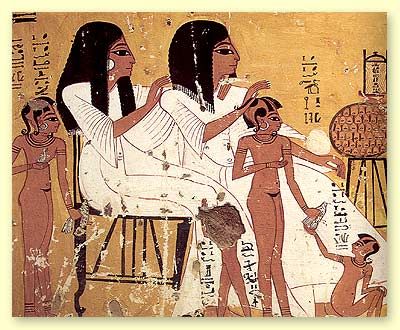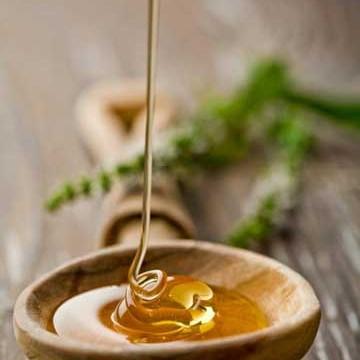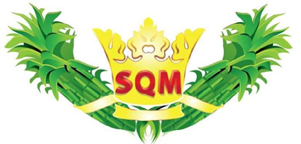Sugaring 101
Hair Removal Technique

History
Sugaring and sugar waxing methods date back to 1900 BC. Honey was most likely the base for the formula. In ancient Egypt, smooth hair-free skin was considered a standard of beauty. Many people in the West still stand by this beauty standard.
What we know as “sugaring” today was created by Egyptian women as a depilatory method. They used a sticky concoction of oil and honey to remove unwanted hair from the root.
Modern Day Sugaring
In today’s body-conscious culture, the standard of beauty is still focused on smooth skin that is free of excess body hair. Bikini waxing became a solution for getting rid of unwanted hair around the bikini and panty line.

Many women also prefer hair-free armpits, legs, backs, and even arms. Sugaring hair removal is a convenient and safe alternative to waxing and electrolysis. Sugaring is considered by many as a healthier alternative to (resin-based) waxes. Sugaring is also known as sugar waxing or Persian waxing, and many people find that it is less painful than traditional waxing methods.

Our method of Sugaring does not utilize strips or spatulas, and our product does not contain wax. This class will train you how to take a ball of sugar, made with natural ingredients such as lemon juice, sugar, and water, and manipulate it to remove hair.
Unlike your typical, unnatural and resin-based waxing formulas, sugaring formulas are easy to clean up with warm water. This hair removal technique is safe, water soluble, and can be effortlessly once you master the technique.
Sugaring vs. Waxing

SUGARING
- Past is simple to make and contains 3 simple ingredients: sugar, water, lemon juice
- Paste is applied at body temperature and will not burn skin
- No stickiness remains on skin
- Less strain on skin. Paste is removed in same direction of hair growth
- Same paste can be used repeatedly on different parts of your body
WAXING
- Wax has chemical ingredients, mostly resins and preservatives
- Wax heated to a high temperature than can cause burns or scars
- Requires chemical solvent to remove the residue
- Can break down follicles and cause ingrown hairs due to removing against the growth
- Wax pots, strips, spatulas create waste
Stages of Hair Growth
There are 3 stages of hair growth: anagen, catagen, telogen (ACT).
Anagen is the active phase of hair growth.
Catagen is the transitional stage.
Telogen is the resting stage.

Understanding and recognizing the stages of hair growth is critical to a successful sugaring practice.
Types of Hair
Lanugo hair is fine, non-pigmented hair that covers the normal fetus. Vellus hair is lightly pigmented, fine, short hair, often referred to as “peach fuzz” that is found on the face, arms, stomach, and legs. Terminal hair is coarse, thick hair that is found on the scalp, underarms, and pubic area.
Knowledge of hair types will help you determine which consistency of sugar paste works best. Soft paste is softer and will spread easily. Hard paste is designed to hold up longer against heat and moisture.
Technique
Sugaring is an art form. As you practice and perfect your skill, you will develop a personal style and artistic flair to your sugaring technique.
Your sugar product may become too stiff or too soft, as there are several things that can affect the texture of your paste. Body temperature, weather, dead skin, dense hair, room temperature are all factors that impact your sugaring consistency. Adding a squirt of water from a spray bottle can adjust the consistency. If sugar is too soft, you might try mixing in a dab of colder, stiffer paste. Start with a small lime-sized portion of the sugaring paste and gently rub and knead it with your fingers. Your moulding should always flow with the direction of hair growth, regardless of which body part. Now, let’s get started:
1. First of all, your client’s skin should be dry and clean. Use cleanser to cleanse the area, then apply toner to open the hair follicles and sanitize the area. Apply powder to the area you are going to sugar. Try a patch test if this is your client’s first sugaring treatment.
2. Stretch the sugar paste on the skin, going against the direction of hair growth.
3. Wait a few seconds, and then pull it out using a flicking motion in the same direction of the body hair growth.
4. If you need more control, hold skin taut using your other hand, and pull bit by bit.
5. When the sugar paste stops feeling stretchy, replace it with another piece.
6. You can go over the same area several times to insure you get every hair. Leftover hair is easily removed with finger flicks. Decrease your pressure when removing little hairs that remain.
7. Once you have completed the area, gather the sugar paste left on the skin with the sugar paste piece you have in your hands, somewhat of a blotting motion. Then discard the sugar paste. Cross-contamination is eliminated by using one ball of paste per body part.
8. Any remaining bits or residue are easily wiped away with water.
Warnings and Precautions
Just as every salon or spa service, your work area must be spotless and sanitary for sugaring. Disinfect and sanitize equipment, containers and table.
If you have any question or concern about a client’s skin condition, request that they seek a doctor’s counsel before you proceed.
Wash your hands before and after service, and always protect yourself and your client by wearing gloves on both hands.
If your client is using blood-thinning medications, he/she is NOT a candidate for sugaring. NEVER sugar a client who is using Accutane. The same for recent Microderm Abrasion or injectables such as Botox, Glycolic or Beta-Hydroxy Peels, Salicylic Acids, Vitamin A, or recent use of exfoliating topical medications or peeling agents (Alpha-Hydroxy acid, Retin-A).
